Face Your Fears
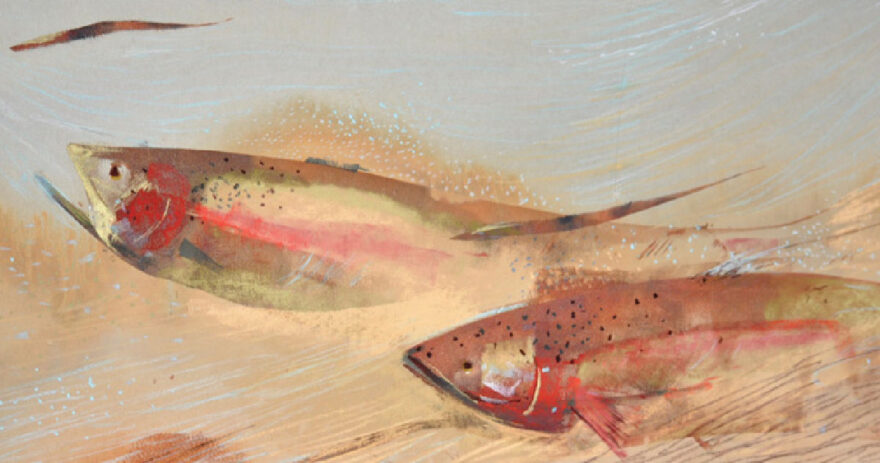
In many ways, artists are like inventors. We’re constantly trying to identify new ways to present our ideas visually—similar to the way an inventor is always working to create a new product. Of course, it’s impossible to design or invent anything without many failed attempts. Here are some tips on how to embrace failure in order to advance your goals.
By Ann Strutz
As artists, we often set high expectations. We think we should be able to step up to an easel and—voila!—a masterpiece appears. We sometimes forget that painting is a skill that needs practice, just like learning to play an instrument well. So, free yourself from the pressure of creating a perfect painting every time you get in the studio. Paint the same image or scene multiple times. Vary your approach each time. Take some risks. From each painting, you’ll take away a different lesson.
Name It
Staying in your safe zone when creating art is a sure way to stifle your creativity. Take a piece of paper and write down what you’re afraid of when you’re creating. For example: When taking a workshop, I’m afraid to let go of the techniques with which I’m familiar and embrace the new technique being presented, because I may fail and look like I don’t know what I’m doing. My time is limited. I’m afraid of wasting it by trying out something new and not getting a successful result.
This article originally appeared in the Spring issue of Pastel Journal. Subscribe now so you don’t miss any great art instruction, inspiration, and articles like this one.
What If?
When you’re working on a painting, do you ever find yourself thinking “What if?” The question is appealing, but you’re afraid to act on the idea. You have a beautifully rendered landscape, for example, but there’s something missing and you can’t place what it is. You ask yourself: “What if I add a bold stroke of color along the horizon line?” If this is successful, you’ve just put the finishing touch on the painting. If it fails, then you may have to start over—but you’ll never grow by playing it safe.

Play Days
If you’ve ever watched young children creating art, you know that they’re not afraid to apply color boldly, add too much water, or start over. They’re playing. They’re taking the materials they have in front of them and creating freely. If they don’t like what they see, they just start over. Allow yourself time to play in the studio. The things you’ll learn can often be applied to future paintings. Break some rules, be impulsive. Use less expensive paper if budget is a concern. Jot down notes on techniques or color schemes that work so you can remember them when you work on future paintings.
About the Artist
Pastel artist Anne Strutz earned a BFA from the Rhode Island School of Design. Her work has appeared in several juried exhibitions, including the 20th and 21st Pastel 100 competitions.
From Our Shop


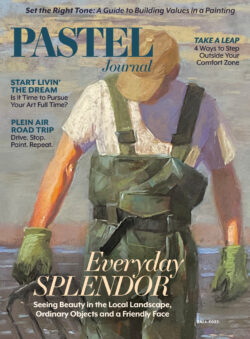



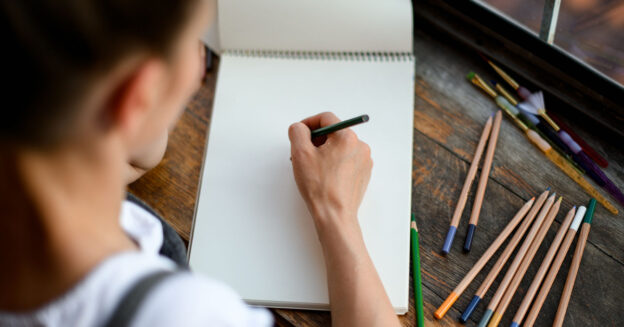

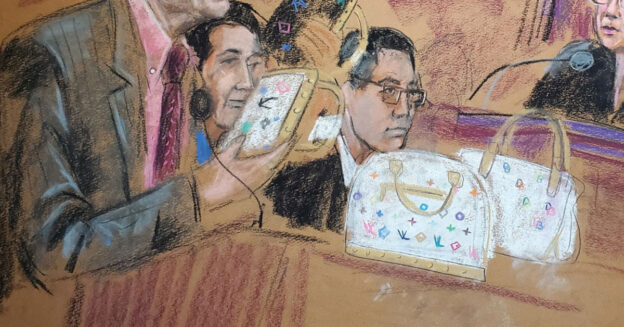


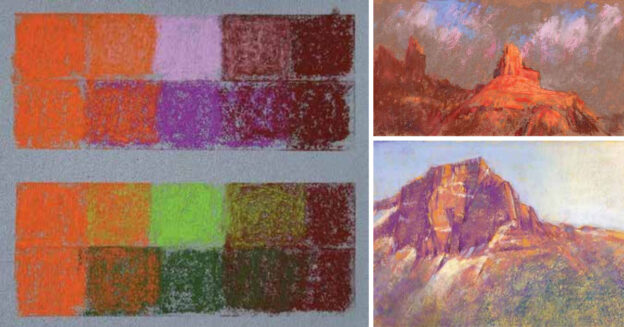
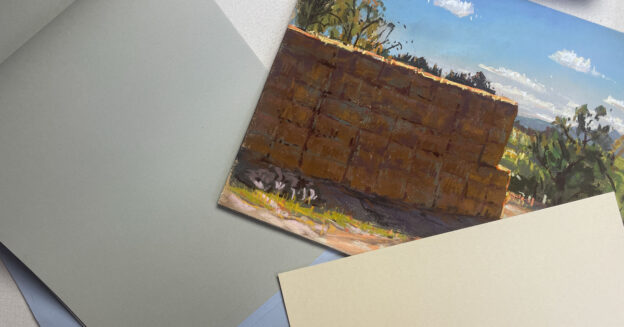
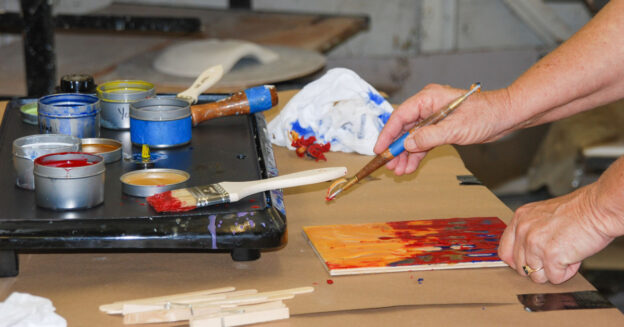

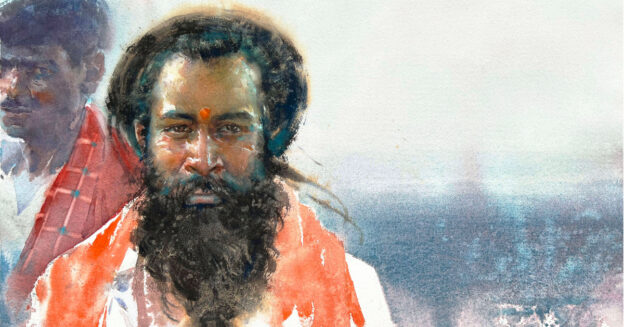
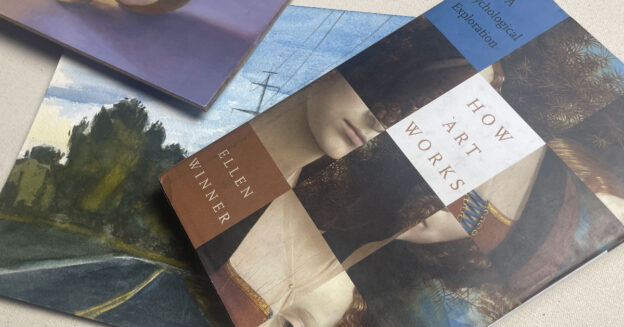

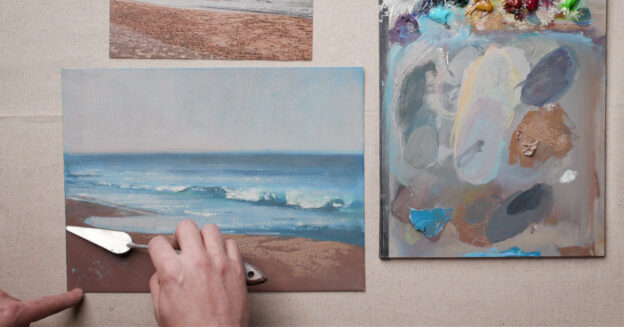
Join the Conversation!